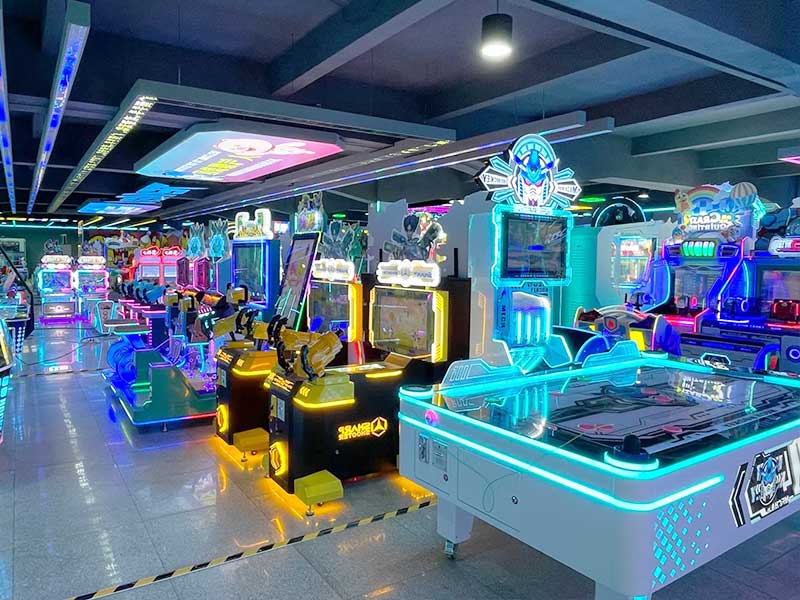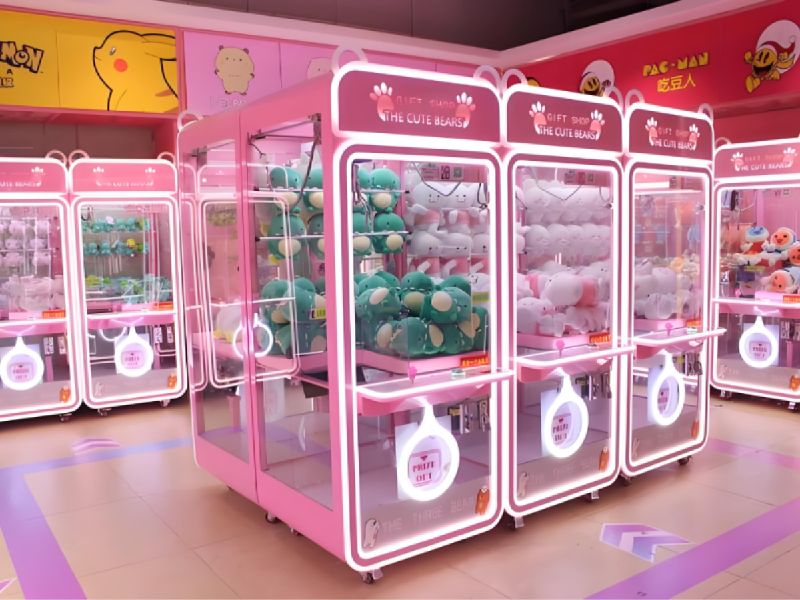According to IBISWorld, the U.S. arcade entertainment industry has maintained an impressive 12.8% annual growth rate over the past five years, with total revenue expected to exceed $6.1 billion by 2025. From nostalgic claw machines to high-tech racing simulators, arcades have evolved from small neighborhood venues into vibrant multi-purpose entertainment centers where families and friends come together for fun and competition. It’s no surprise that many entrepreneurs are now thinking, “Maybe I should start my own arcade business.”
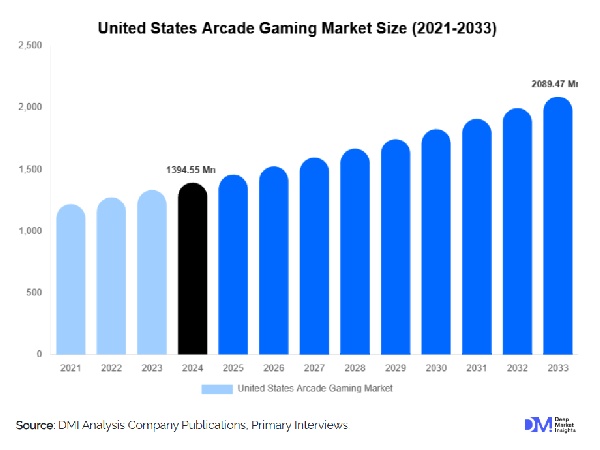
But as every opportunity brings risk, getting started isn’t just about buying a few machines and finding a location. Earlier this year, Florida authorities shut down an unlicensed arcade, seizing dozens of machines on site. The case served as a reminder that, although the market is booming, starting an arcade requires careful planning, compliance, and budgeting from the very beginning.
As a manufacturer and long-term arcade supplier serving the U.S. market, GM-Arcade has a deep understanding of this process. In this guide, we’ll walk you through everything you need to know about starting an arcade business—from market research and startup costs to licenses, equipment options, and real-world profitability tips. And toward the end, we’ll also touch on how much it costs to open an arcade and which machines tend to perform best, so you have a full picture before you take the leap.
1. Market Research & Business Planning
Before jumping into arcade machines and flashy lights, it’s important to take a step back and understand your local market. Arcade businesses can be extremely profitable, but only when you know who you’re serving, where your demand comes from, and how you plan to stand out.
1.1 You Should Identify Your Target Audience
The first thing you should do before starting a business is ask yourself: Who do I want to attract? The arcade industry has become surprisingly diverse, and your ideal audience determines everything, from the arcade game machines you should buy to the atmosphere you will design. Knowing your audience early will save you thousands in wasted investment later.
For example:
- Families value safety, cleanliness, and affordability above all else. A bright, open layout with claw machines, ticket redemption games, and snack areas works best for them.
- Teenagers and young adults are drawn to competition and social fun. Games like shooters, air hockey, or dance simulators can keep this crowd engaged longer.
- Adults and nostalgia seekers love retro and pinball cabinets, especially when paired with a bar or lounge setting.
- Corporate or group events often require private space and consistent machine uptime, making reliability and maintenance key priorities.
Once you understand which group you want to serve, you can tailor everything, from your machine mix and lighting to your music and pricing model, to fit their expectations. That’s how a generic arcade turns into a destination people come back to again and again.
1.2 Study Your Local Competition
Your next step is to research nearby arcades or family entertainment centers (FECs) in your area. You can visit them in person if possible to observe their peak hours, pricing, machine mix, and crowd demographics. In this way, you’ll quickly notice what works and what doesn’t.
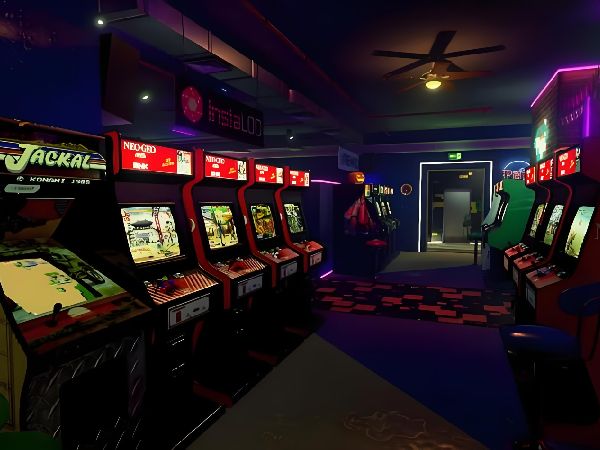
You may note a few key things below:
- What kinds of games get the longest lines?
- How many people visit on weekends vs. weekdays?
- What extras do they offer—snacks, tournaments, or loyalty cards?
- Are they positioned as “fun for kids,” “competitive gaming,” or “date-night entertainment”?
This small research exercise helps you find your market gap. For example, a neighborhood with no claw-machine arcade, or a college town with no late-night gaming options.
1.3 Build a Realistic Business Plan
Once you understand your audience and local landscape, it’s time to turn your idea into a plan. A well-structured business plan not only clarifies your vision but also prepares you for financing, permits, and even future expansion. Your arcade business plan doesn’t need to be 50 pages long, but it should cover the basics, such as:
- Startup budget – how much you’ll spend on rent, renovation, and machines.
- Operating costs – monthly expenses like staff, power, insurance, and maintenance.
- Revenue forecast – average daily players × play price × number of machines.
- Payback period – how long until your investment breaks even.
- Marketing strategy – how you’ll attract and keep customers.
Keep it simple and data-driven. If your local mall sees 10,000 weekly visitors and you capture just 3% of them, that’s 300 players per week. This is enough to sustain a small arcade.
2. Understand Your Startup Costs
Your upfront spend isn’t just “machines + rent.” For most first-time owners, the real shockers are often the cashless card system, power and build-out, and insurance or security setup—all of which can quietly add tens of thousands to your budget.
When you combine your initial setup costs (machines, renovation, permits, and systems) with your first month of operations, expect a total investment of around $80,000 to $180,000 for a small to mid-sized arcade. For larger, full-scale entertainment centers with 25–30 machines and comprehensive cashless systems, the investment can easily reach $250,000–$400,000 before the opening day. To accurately estimate your real startup costs, you’ll need to account for the following key categories.
2.1 One-time setup (CapEx)
Before your arcade can even open its doors, there’s a list of fixed investments, such as the arcade machines, you’ll need to make. These are your capital expenditures (CapEx), the items you pay for once, before opening, that build your foundation for long-term operation. Now, let’s explore what CapEx you may consider:
| Line item | What it covers | Typical range (USD) | Notes to founders |
| New or Used Arcade machines | Claw, redemption, racers, shooters, basketball, pinball | $3k–$50k per unit (new), classic or used often $500–$8k | New titles average ~$15k; a few “hero” pieces hit $30k–$50k. Used machines are generally cheaper, but they tend to break down more frequently. |
| Cashless/card system | Readers, server, kiosks, software, cards | $40k–$80k + monthly fees | Many underestimate this. If you skip it, plan for token/coin logistics & jams. |
| Build-out & electrical | Paint, lighting, signage, wiring, outlets, dedicated circuits | $10k–$50k | Commercial electrical adds a “multiplier.” Get a load calculation early. |
| Security & cameras | NVR, cameras, door sensors, locks | $1.5k–$6k | Unattended sites are vulnerable to theft/vandalism—don’t skimp. |
| POS / website / branding | POS hardware, basic site, menu boards, decals | $1k–$5k | Can start lean; upgrade after PMF. |
| Initial prize inventory | Plush, small electronics, branded merch | $2k–$10k | If running redemption, this is essential. |
| Opening marketing | Launch event, local ads, flyers | $1k–$5k | Budget this up front to seed traffic. |
Rule of thumb: A lean 12–15-machine start typically lands $80k–$180k all-in, depending on mix and whether you install a card system on day one.
2.2 Monthly operating costs
Once your arcade is up and running, the spending doesn’t stop. These monthly operating expenses (OpEx) are what keep your lights on and your players happy. And they can quietly add up if you don’t plan for them. And they determine how sustainable your business will be month after month.
- Rent: highly local; e.g., 1,290 sqft @ $15/sqft/yr ≈ $1,613/mo.
- Power: Many operators report approximately $1,000/mo; racers/pinball draw more.
- Insurance: $300–$800/mo depending on coverage and unattended risk.
- Staffing: avoid being fully unattended. Even part-time floor/tech (≈30 hrs/wk @ $15/hr) ≈ $1,950/mo pre-tax.
- Maintenance & parts: set aside 3–5% of gross; classics & pinball are repair-heavy.
- Card/processing fees: ~3% of revenue (cashless or credit).
- Security & business internet: $100–$200/mo。
- Cleaning & disposables: $100–$200/mo。
- Taxes/permits: Some cities tax per machine; confirm early.
- Prize cost (if redemption): plan 30–50% payout cost against that category’s revenue.
Note: Some new arcade owners underestimate a few key expenses, such as card systems and redemption prizes, that can significantly impact monthly cash flow. These underestimated costs may seem small on paper, but they quickly add up. Building an extra buffer into your monthly budget will help your arcade stay profitable and resilient.
2.3 Two configuration paths (decide early)
Before purchasing your first machine, consider how your arcade will process payments. This choice affects both your upfront investment and your long-term operations.
There are two main paths that most modern arcade operators face:
Path 1: Card System from Day One
This is the modern standard for most successful arcades. You’ll install a cashless card or tap system that lets players load credits and track balances. In this path, you’ll also look more professional and “modern,” which matters if you plan to expand or franchise later. Although the upfront investment is higher — typically $40,000–$80,000 for readers, kiosks, and software. However, it comes with clear long-term advantages:
- Smoother pricing and easy promotions (e.g., $1.20 per play or 100 plays for $100).
- Access to usage data that shows which machines perform best.
- No coin jams, fewer theft risks, and faster checkout for groups or parties.
Path 2: Tokens / Coins at the Start
This is the traditional route — lower upfront cost, but more manual work. You’ll need coin mechanisms, token dispensers, and frequent collection/maintenance. It’s a good entry option for smaller test locations or single-owner arcades with under 15 machines.
However, it comes with trade-offs:
- Higher day-to-day friction (jammed coins, change float, counting time).
- Harder to run promotions or membership programs.
- No automatic tracking of player data or machine performance.
You can certainly use it as a bridge strategy — start with tokens to prove your concept, then transition to cashless payments once your revenue stabilizes. Many first-time owners take this path to reduce early capital expenditures while learning the business inside and out.
2.4 Quick self-check formulas (Net Profit)
Before you spend a dollar on machines or rent, it’s smart to model your potential earnings. Even a rough spreadsheet can tell you whether your plan makes financial sense or if you’re walking into a money pit. Start with these simple formulas to estimate your monthly revenue and net profit.
Net Profit (before tax) = Gross − (Card Fees + Redemption Cost + Maintenance + Rent + Power + Insurance + Staffing + Other OpEx)
- Monthly Gross = Σ( machines × $ per machine per week × 4.33 )
- Card Fees ≈ 3% × Gross
- Maintenance ≈ 3–5% × Gross
- Redemption Cost ≈ (Redemption Gross) × 30–50%
How it works:
- Estimate how much each type of machine earns per week.
- Multiply by the number of machines and by 4.33 (weeks per month).
- Subtract your recurring costs, such as rent, utilities, and insurance.
- The result gives you your approximate pre-tax monthly profit.
Realistic Performance Benchmarks:
To give you a sense of scale, here’s what many U.S. operators report:
- Classic / Retro games: $30–$75 per week
- Racers / Shooters: $70–$150 per week
- Redemption games: $100–$300 per week (before prize cost). But keep in mind that redemption games look great on paper, but their prize payout (30–50%) cuts deep into the margin.
Don’t stop at the “everything goes right” version
Every arcade has good months and slow ones, so it’s smart to test how your plan holds up in different situations. Try building three quick versions of your budget:
| Scenario | Machine Performance | What It Tells You |
| Pessimistic | About half of what you expect | Can you still pay rent and stay open during slow months? |
| Base case | Your realistic average | Where your break-even point likely sits |
| Optimistic | Around 25% higher than normal | How much profit could you make in busy seasons |
This simple test helps you determine if your numbers are solid or overly optimistic. If your arcade only breaks even in the “best” version, that’s a sign your plan might be too tight — maybe your rent is too high, or your machines need a better mix of high earners like redemption or racing games.
3. Choosing the Right Location
Your location choice will shape almost everything that follows, including foot traffic, rent, marketing, and even your break-even time. And in this section, let’s talk about it.
Generally, a good location should possess several key features, including steady foot traffic, clear visibility, a safe environment, and a healthy balance of new and returning visitors. Such places are typically located near areas that people already frequent, such as shopping malls, entertainment centers, tourist attractions, movie theaters, or bars. Of course, beyond traffic, zoning, and accessibility are just as important. The best locations are those that are already approved for amusement or family entertainment use, have ample parking, and are easily accessible. If customers can see your lights, hear the fun, and walk in without any hassle, that’s close to perfect.
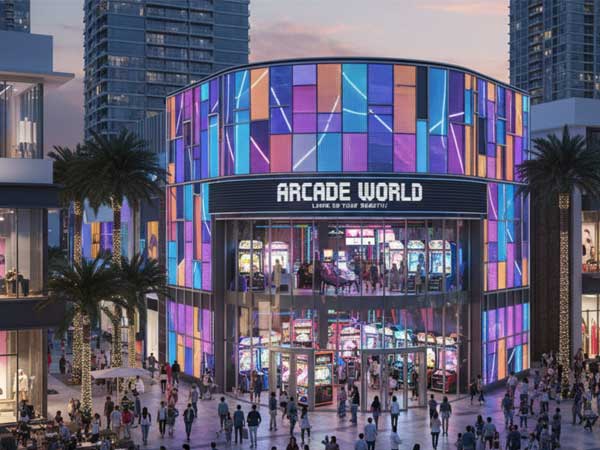
For example, a small operator in Florida opened a 1,200-square-foot arcade inside a busy shopping plaza next to a movie theater and a pizza shop. The rent was higher than that of a standalone location, but the foot traffic easily made up for it—especially on weekends. By offering both claw machines and quick snacks, the owner doubled the average playtime per visitor within just three months. In short, the best location isn’t necessarily the cheapest one—it’s the one where people naturally gather, feel comfortable staying, and keep coming back.
Some Suitable Locations You Can Choose for an Arcade Business
| Location Type | Why It Works | Potential Challenges |
| Shopping mall or plaza | High and consistent foot traffic; families and teens already on-site for leisure or shopping | Higher rent, fixed hours, stricter management rules |
| Entertainment complex (FEC, bowling alley, trampoline park) | Visitors already in “fun mode”; ideal for partnerships or shared space | Revenue sharing may reduce profit margin |
| Tourist or beach area | Heavy seasonal traffic and strong impulse play | Off-season revenue drop; higher space cost |
| Downtown area or city center | Strong evening and weekend traffic; visible to passersby | Parking limitations and local noise restrictions |
| University or college district | Steady weekday crowd; ideal for small arcades or claw-machine zones | Smaller average spending per visit |
| Near restaurants or bars | Encourages casual play and social gatherings; good synergy for cross-promotion | Requires strong cooperation with the venue owner |
| Standalone storefront (community strip) | Full control of branding and layout; flexible hours | Must generate your own traffic through marketing |
| Inside mixed-use buildings | Balanced residential + commercial foot traffic | Limited signage options and zoning variation |
4. Arcade Business Licensing & Legal Requirements
Because arcades are considered a regulated form of public entertainment in the U.S., you’ll need to secure a few key licenses before opening. These documents aren’t just red tape—they’re what make your business legal and protect you from costly fines or shutdowns later. The most important of these is the arcade business license, your official entry ticket to operate. Without it, even a fully equipped and ready-to-open arcade could be forced to close.
Now, let’s walk you through the main licenses and permits you’ll need to operate safely and legally in the U.S.
4.1 Business License
Whether you’re launching a standalone arcade or combining it with a restaurant or party center, the business license is the first and most essential step. It legally registers your business with the city or county, giving you the right to operate and pay taxes. Here’s how the process usually works:
- Choose your business structure. Most arcade owners register as an LLC (Limited Liability Company) because it strikes a balance between flexibility and protection.
- Submit your application and pay the fee. Most local governments allow you to apply online, and the cost ranges from $50 to $400, depending on your location.
- Receive your license number. You’ll use this ID when opening a business bank account, filing taxes, and signing rental or vendor contracts.
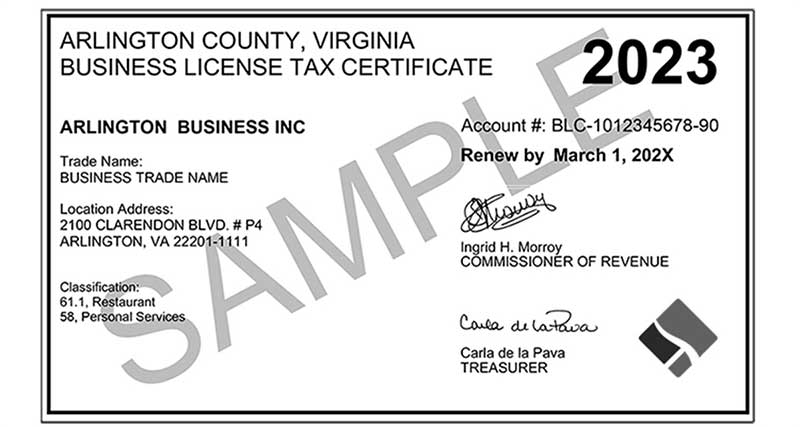
4.2 Zoning and Use Permits
Even the best location won’t help if it isn’t zoned for amusement use. Most cities regulate where arcades can operate through zoning permits, which confirm that your space fits within approved commercial or entertainment areas. Here’s what local officials typically check:
- Location restrictions: Many cities prohibit arcades within a certain distance of schools, churches, or residential areas. For instance, in San Diego, CA (§33.1401), any venue with six or more amusement machines is classified as an arcade and must obtain a special permit from the police department; additionally, it cannot be located within 300 feet of a school.
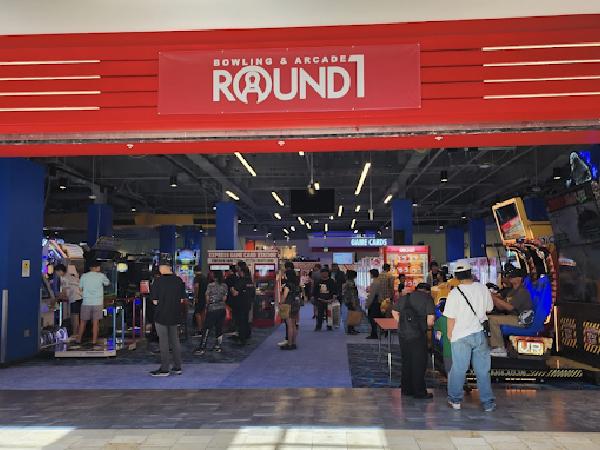
Japan’s Round 1 Bowling & Arcade Unveils First San Diego Location - Zoning categories: In Gonzales, CA (§12.136.030), arcades are only allowed in NC (Neighborhood Commercial) or MU (Mixed Use) districts and require a Conditional Use Permit (CUP) for approval.
- Parking and access: Many municipalities require sufficient parking and safe access routes to prevent congestion. For example, in Pompano Beach, FL (§155.4221(C)), arcades must meet the city’s general parking standards for entertainment facilities.
4.3 Fire Safety Permit
Arcades fall under the category of public assembly spaces, which means that nearly every state and city requires fire inspection or safety approval before they can open. Some jurisdictions issue a standalone Fire Safety Permit, while others include it as part of the review for your building or business license. During inspection, local fire departments typically check:
- Adequate and unobstructed fire exits and evacuation routes
- Properly installed fire extinguishers, alarms, and emergency lighting
- Safe electrical setup and wiring
- Compliance with the building’s maximum occupancy limit
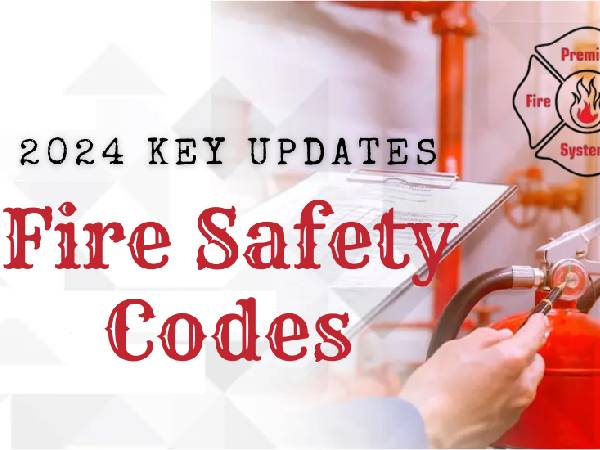
4.4 Sales Tax ID
The Sales Tax ID (also known as a Seller’s Permit) allows you to legally collect and remit sales tax to your state. Every state that charges sales tax requires this for any business that sells taxable goods or services. For arcades, this applies not only to gameplay but also to snacks, drinks, and merchandise sold on-site. Operating without a Sales Tax ID can result in severe penalties, including fines or suspension of your business license.
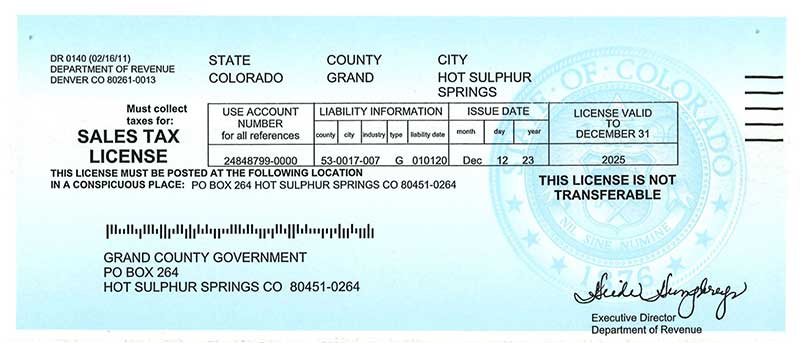
Here’s the basic process:
- Apply online through your State Department of Revenue (names vary by state).
- Receive your Sales Tax Permit and ID number.
- File and pay your collected sales tax on a monthly or quarterly schedule.
4.5 Health Permit
If your arcade plans to sell snacks, drinks, or hot food, you’ll also need a Health Permit from your local health department. This ensures your food and beverage service areas meet sanitation and safety standards.
The process usually includes:
- Inspection of food prep and storage areas
- Verification of equipment hygiene
- Proof of employee food safety training or certification
If you’re adding even a small snack bar or vending section, don’t skip this step.
Health permits are mandatory in most states and demonstrate to customers that your arcade operates safely and professionally.
Obtaining the right licenses may seem like extra work, but it’s the foundation of a sustainable business. Cities are tightening arcade regulations to prevent unlicensed operations, so staying compliant protects your investment and builds customer trust. Once your paperwork is in order, you’re ready for the fun part: choosing and setting up your arcade machines.
5. Choosing the Right Arcade Machines
Once your location and licenses are ready, it’s time for the most exciting part: choosing your arcade machines. Your machine mix determines how much fun players have, how often they return, and how quickly you recoup your investment. You can consider following these steps below to design the heart of your arcade business.
5.1 Understand The Main Arcade Categories
Most modern arcades don’t just stick to one type of game. A well-balanced lineup typically features a mix of categories that appeal to various types of players and age groups. Let’s explore the types of arcade machines you can choose.
Related Reading: Arcade Games Machine Types: 24 Machines in 7 Categories
| Category | Examples | Why It Matters |
| Redemption Games | Ticket or prize machines (e.g., spinning wheels, ball toss) | High repeat play rate and consistent revenue; encourages competition and collection. |
| Claw Machines | Plush or prize grabbers | Easy to understand, low space requirement, great for impulse plays. |
| Racing & Shooting Games | Car or gun simulators | Strong visual appeal, higher per-play pricing ($1–$2), making it great for teens and adults. |
| Sports & Skill Games | Basketball toss, air hockey, boxing | Suitable for pairs and groups, promoting friendly competition. |
| Classic & Retro Cabinets | Pac-Man, Street Fighter, and pinball | Builds nostalgia and broadens age appeal, though less profitable individually. |
| VR / Motion Games | VR racing, rhythm dance, 4D experiences | High wow factor, but expensive and maintenance-intensive. |
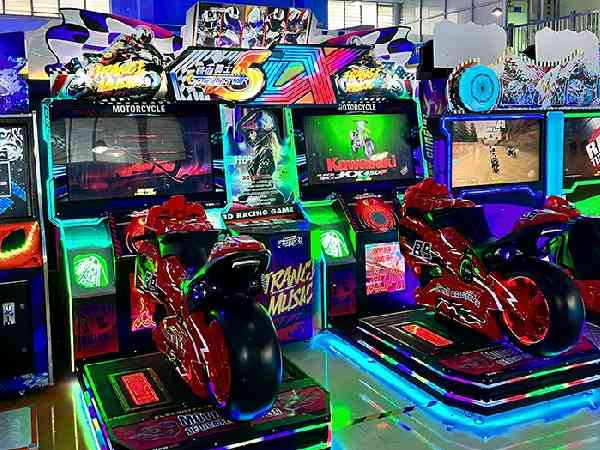
For a small or mid-sized arcade, aim for a mix of 40–50% redemption and claw machines, 30% interactive action games, and 20% classics or specialty titles.
5.2 Start with Proven Earners
When you’re just starting, don’t gamble on unknown titles. Stick to games that have proven their value in other arcades. Operators consistently report that redemption and claw machines generate the most stable income because they appeal to all ages and offer tangible rewards.
Popular examples you can consider:
- Claw machines: easy setup, flexible prize rotation, strong impulse appeal.
- Redemption games: steady return, especially when paired with colorful prizes or ticket systems.
- Air hockey and basketball toss: great for social interaction and repeat players.
Always test new titles one or two at a time. A flashy new release might look great, but if it doesn’t earn at least half of your top performers, replace it fast.
5.3 Combine Machines Strategically
After you’ve decided which types of machines to buy, the next step is figuring out how to put them together. A random mix of games might fill a room, but it won’t necessarily fill your cash box. The secret lies in how you strategically combine machines. Here are three rules to design your mix effectively:
- Lead with visibility: Place your flashiest, loudest, and most colorful games near the entrance—they draw people in.
- Cluster by play style: Keep redemption machines together to maintain an organized ticket exchange; group action games in a separate zone for sound control.
- Balance new and classic: A few nostalgic titles create a sense of comfort and recognition, while modern machines keep your space exciting.
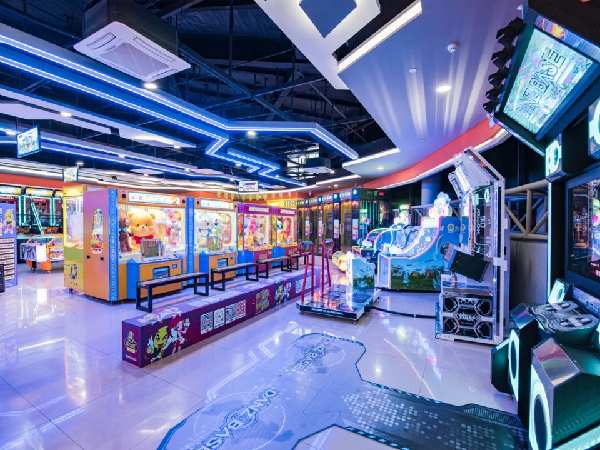
Example setup for a 1,200 sq. ft. arcade:
- 6–8 redemption or claw machines near the front
- 3 racing/shooter simulators in the center
- 2 air hockey or basketball tables
- 2–3 classics or pinball machines for variety
5.4 Where to Buy and Why It Matters
Your supplier determines not only your initial cost but also your maintenance quality, spare parts availability, and even how quickly you can expand later. Choosing where to buy is one of those early decisions that quietly shape your long-term profit margin. So before you place your first big order, let’s look at the three main sourcing paths available to U.S. arcade operators and what each means for your bottom line.
| Source | Pros | Cons |
| Factory-direct (OEM) | Lowest cost, customization options, and after-sales parts support | Higher MOQ and international logistics if imported |
| Local distributor | Immediate stock, easy warranty claims | 15–30% markup |
| Used equipment | Cheapest upfront, fast delivery | High maintenance risk, no warranty |
Note: For bulk orders or themed setups, factory-direct sourcing is often the best long-term choice. As a manufacturer with years of experience supplying U.S. operators, GM-Arcade can help you design a balanced lineup with tested, high-performing machines that fit your space and budget.
Conclusion
Starting an arcade business isn’t just about buying machines and flipping the switch—it’s about planning every move with intention. From understanding your local market to securing licenses and choosing the right machines, each step builds the foundation for long-term success. Think of it as designing your own game: the better you plan the levels, the higher your chances of winning.
Ready to Take the Next Step?
If you’re serious about starting your own arcade or upgrading an existing one, GM-Arcade can help you get there faster. As a manufacturer and long-term supplier serving U.S. arcade operators, we offer factory-direct pricing, OEM/ODM support, and a full range of tested machines, all designed for use in real entertainment centers. Whether you need claw machines, redemption setups, or custom arcade cabinets, our team can guide you through the process—from selecting high-performing titles to shipping and setup.
Contact GM-Arcade today to discuss your project and get a tailored quote. Let’s turn your arcade dream into a profitable, crowd-pulling reality.
